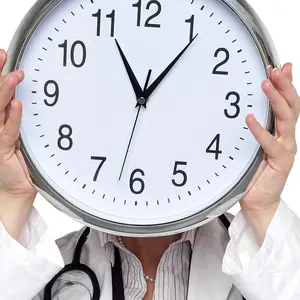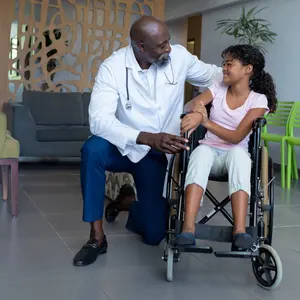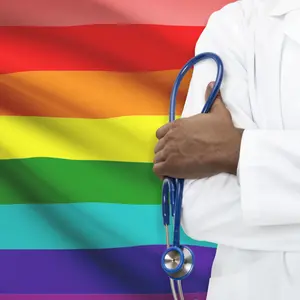

Professional

Professional
Understanding Gender Identity in the Doctor’s Office
Many people who are transgender, nonbinary, gender-nonconforming, or simply exploring their gender identity feel their doctor lacks understanding of them, leading to discomfort and possibly inadequate care. Doctors are being urged to change their approach to ensure all their patients get the care they need.
To promote a strong patient-physician rapport, the American Medical Association (AMA) encourages a welcoming environment in the doctor’s office by the use of specific wording to identify gender, which includes the use of appropriate pronouns. Doctors on the AMA Advisory Committee on LGBTQ Issues are working to create a cultural shift whereby asking a patient’s preferred pronoun is normalized. They believe this sends a powerful message, showing patients their doctor is “with them,” and enabling patients to feel comfortable stating their pronoun.
Adrian Ambrose, MD, medical director of youth and family services at Beth Israel Lahey Health Behavioral Services, says asking for and recognizing pronouns aids in the cultural shift. “For those who are not traditional with their gender identify, it becomes a much easier window for them to say, ‘Oh, that person is saying their pronoun. I can now announce my pronouns.’”
Physicians should trust their patients on gender identify. For many patients, years of contemplation have preceded their disclosure of their gender identity. “Trust that they know who they are and are capable of defining themselves,” says Leanna Knight, a medical student at the University of Rochester School of Medicine and Dentistry.
Gender identity is not always congruent with how that person expresses their gender, says Dr. Ambrose. One’s image of someone they believe to be transgender may not necessarily be correct. “There are so many more transgender or nonbinary people who you can’t identify by their appearance," says Frank Dowling, MD, vice chair of the AMA Advisory Committee on LGBTQ Issues. If misgendering by the doctor occurs—and mistakes happen, says Leanna Knight—what’s important is acknowledging the mistake and apologizing for it. Failure to do so could dissuade the patient from returning to that doctor and getting the required medical care.
Physicians should not assume, say the AMA committee members, that a transgender or nonbinary patient is there for matters relating to their transition. This may not be the case, and the assumption becomes an obstacle to the doctor’s comprehension of the medical issue the patient wants addressed.
REFERENCES
Berg, A. (2021, June 25). 6 things patients wish physicians knew about gender identity. American Medical Association. https://www.ama-assn.org/delivering-care/population-care/6-things-patients-wish-physicians-knew-abo…?


 By
By







